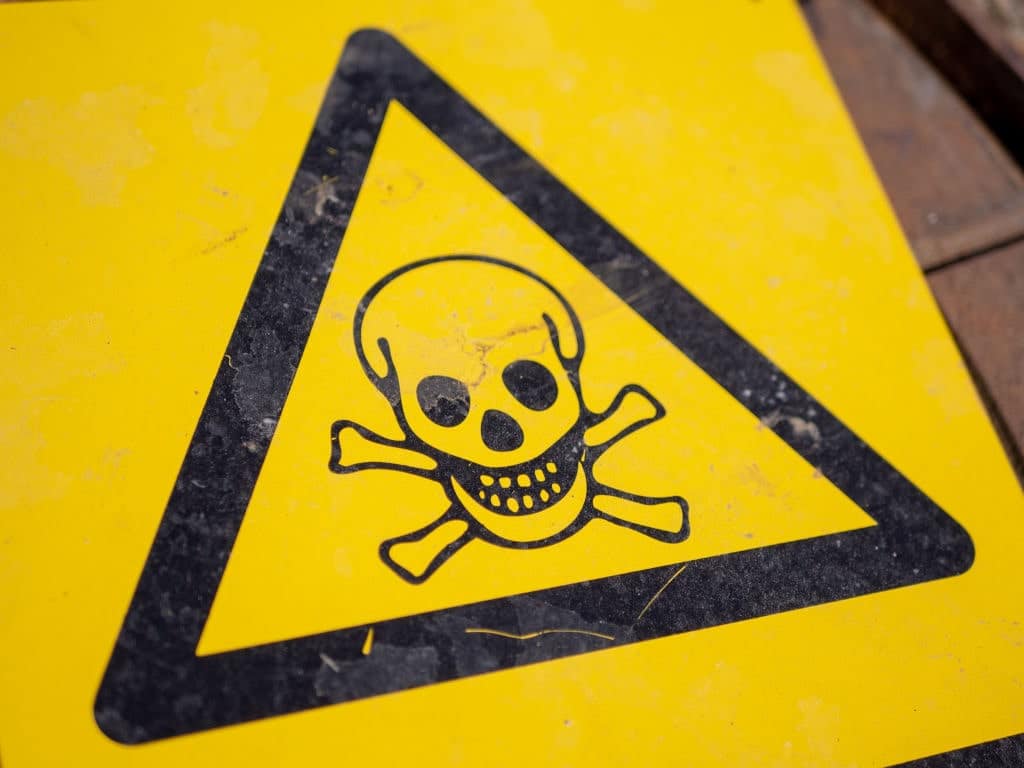Hexane is an odorless liquid with a faint gasoline-like scent. Chemicals like hexane are frequently derived from crude oil and petroleum.
Although extremely flammable, hexane is a common ingredient in domestic goods like stain removers, rubber cement, and gasoline. In addition to being a solvent for removing vegetable oils from crops, hexane is utilized in laboratories.
It’s critical to understand the proper handling, storage, and response procedures for this chemical in case of a fire or exposure.
Is Hexane Exposure Hazardous?
Like many other chemicals, the exposure and use of hexane is highly regularized to manage the harm caused by it. It is included in the hazardous list of the Federal Safety and Health Administration (OSHA), American Conference of Governmental Industrial Hygienists (ACGIH), Department of Transportation (DOT), National Institute for Occupational Safety (NIOSH), Integrated Risk Information System (IRIS), National Fire Protection Association (NFPA) and Environmental Protection Agency (EPA).
Including this chemical in these agencies’ hazardous lists proves that this chemical ought to be handled with care. It also portrays the danger inherent in the product’s inappropriate use or wrongful exposure.
Workers that are likely to be exposed to hexane are specifically protected by the Federal Safety and Health Administration (OSHA), which lays out extensive preventive occupational measures to protect them from the harmful effects of the chemical.
If these warnings are not adhered to, and somebody is injured, the occurrence may be referred to a court of law to perfectly determine the case in the corridors of justice. Legal animation is a powerful tool in cases like this to portray the harm and how it is connected to the case at hand.

What Are The Harmful Effects Of Hexane Exposure?
Hexane can have harmful effects on human health and also on aquatic animals. Some of these effects may be mild or chronic. Contact with the chemical can lead to irritation and burns to the skin and eyes. Prolonged contact with the skin can cause skin rash, dryness, and redness. The harmful effects of exposure to hexane are listed below:
- Inhalation of the vapor can cause nose, lungs, and throat irritation, thereby causing wheezing and shortness of breath.
- Exposure to the chemical directly or via commercial products can cause symptoms such as headache, nausea, vomiting, dizziness, lightheadedness, and passing out.
- Higher levels of exposure to hexane can lead to coma or death.
- Hexane toxicity can lead to reproductive hazards in males.
- It can lead to irreparable damage to the nervous system, causing blurred vision, tingling, numbing, “pins and needles,” and weakness of the hands and feet.
- It is highly inflammable and can lead to explosions, thereby leading to the loss of lives and properties.
What is The Attitude of the Court to Hexane Exposure Cases?
Like other chemical toxicity and/or explosion cases, hexane exposure cases are taken as long as the plaintiff substantiates the claim with credible evidence to show that there was an exposure to hexane.
In the case of Smith v. United States Gypsum Co., the plaintiff had purchased Wallite, a solvent-based adhesive used to install paneling containing hexane. The can of the adhesive bore warnings on the inflammability of the product and clearly stated that all endangering electrical outlets should be turned off.
While the adhesive was in use, someone turned on a fan across the hall, which led to an explosion.
Despite the warnings on the cans, they were deemed inadequate and unclear enough since it was a hazardous product.
Additionally, it was held that the turning on of the fan was reasonably foreseeable, thus rendering the defendants liable for the explosion caused by the product.
It is essential to note that the court only acts on hard facts and evidence when in session. Therefore, mere claims without due medical and scientific backing would amount to nothing in a court of law. This is exemplified in the case of Mills v. State Sales Inc.
In this case, the plaintiff and a pediatrician claimed that the carpeting in her office had harmful effects on her and her patients.
She described the symptoms as scratchy throat, vertigo, headache, dizziness, and pressure in the ears. She, however, failed to provide evidence to establish her claim causing judgment to be delivered in favor of the defendants.
Conclusion
The effects of hexane on the body or in causing explosions can be accurately captured when legal animation is used. It is, however, essential to acquire the services of a good legal animation company.






